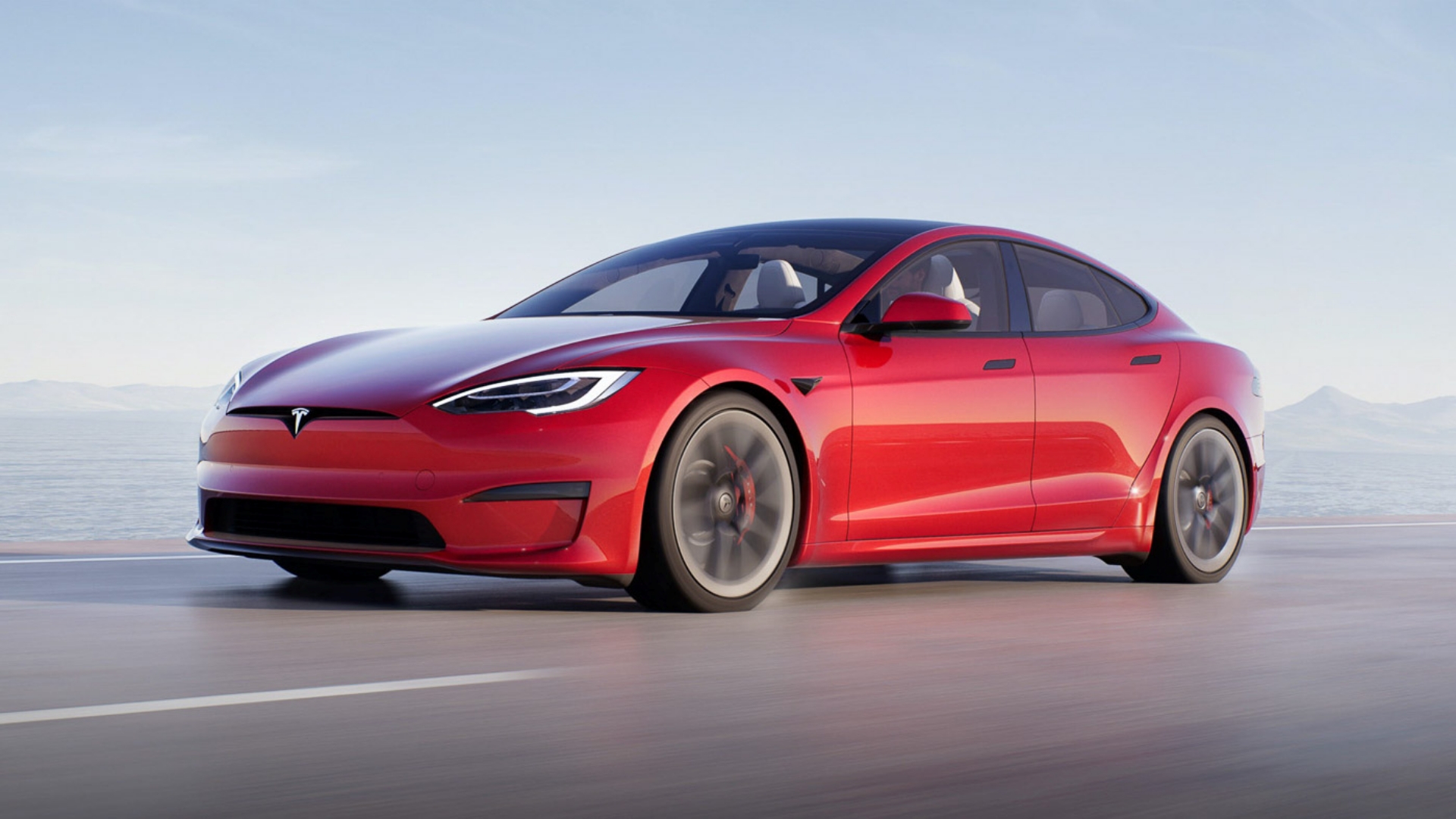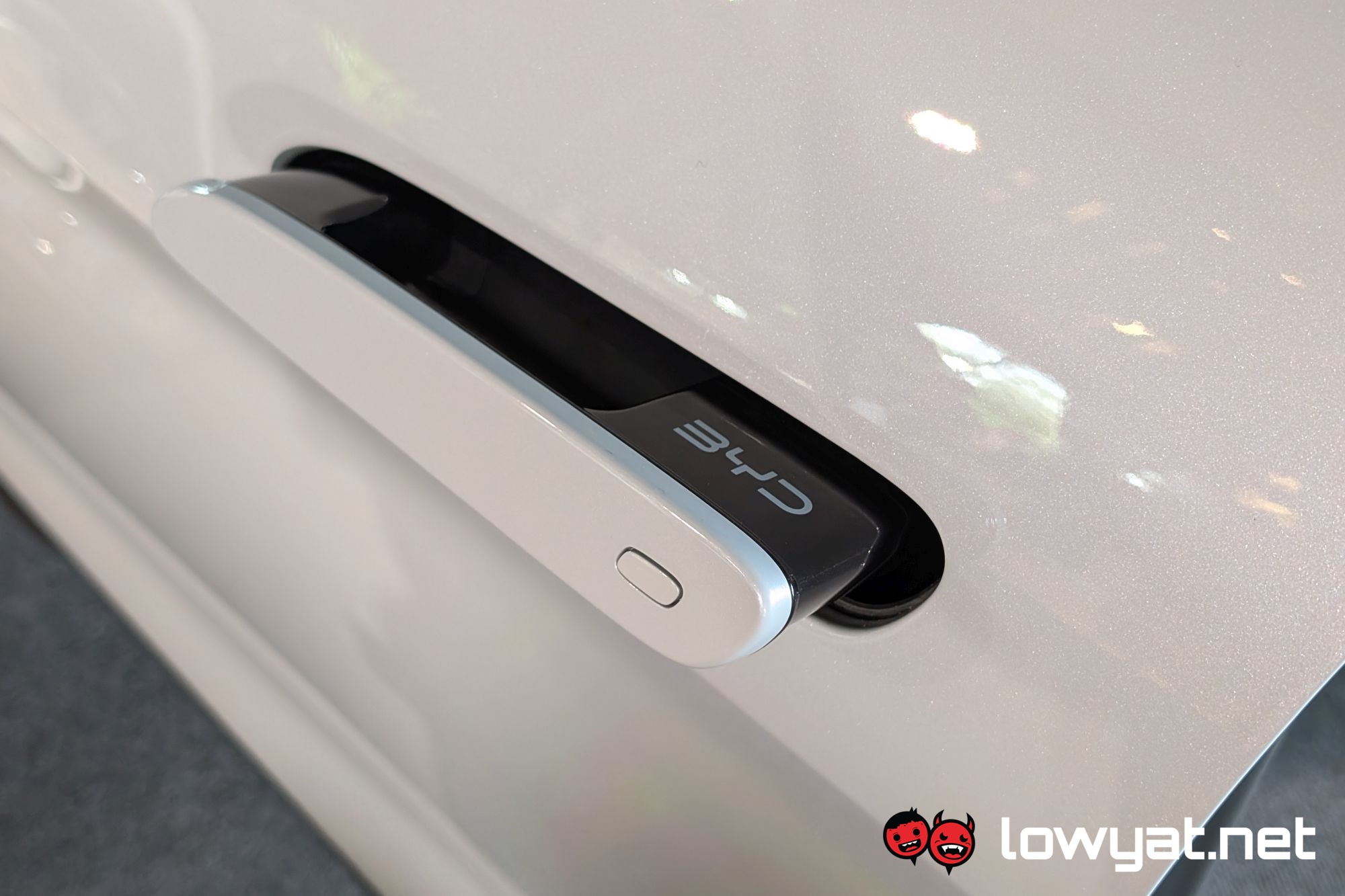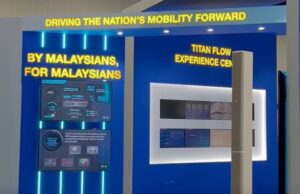Electric vehicle manufacturer Tesla is facing a lawsuit over a fatal crash in Wisconsin last November that claimed the lives of five passengers in a Model S. The suit alleges that the vehicle’s doors failed to open after impact, preventing escape and contributing to the deaths.
Filed on behalf of Jeffrey Bauer, 54, and Michelle Bauer, 55, the complaint states that the couple survived the initial collision when the car struck a tree and caught fire, but were trapped inside due to a design flaw in the door mechanism. The case, brought by their children in state court, adds to growing scrutiny over Tesla’s safety features and design choices.


“Tesla’s design choices created a highly foreseeable risk: that occupants who survived a crash would remain trapped inside a burning vehicle,” lawyers for the children said in the complaint. The lawsuit further accuses Tesla of negligence, alleging that the company was aware of potential issues with its door handle design and the risk of post-collision fires from the lithium-ion battery pack, yet failed to take corrective action to address either concern.
Tesla has yet to comment on the lawsuit, however, as reported before the automaker announced plans to redesign the door handles on its electric vehicles following safety concerns that passengers could become trapped inside after crashes. Although Chief Designer Franz von Holzhausen did not explain the sudden move, it comes as the U.S. National Highway Traffic Safety Administration (NHTSA) investigates the issue.


The NHTSA probe focuses on reports that door handles sometimes fail after a power loss, preventing passengers from escaping. The concern gained traction after Bloomberg reported several incidents in which people were injured or killed because the doors would not open post-crash. The investigation currently covers about 174,000 Model Y vehicles from 2021, with regulators also examining Tesla’s door power system and its overall reliability.


The US is not the only country investigating Tesla’s automatic door handles. Chinese regulators have also raised concerns about the design, noting that while the flush handles improve aerodynamics and efficiency, they may compromise passenger safety in emergencies.
(Source: Blomberg)






